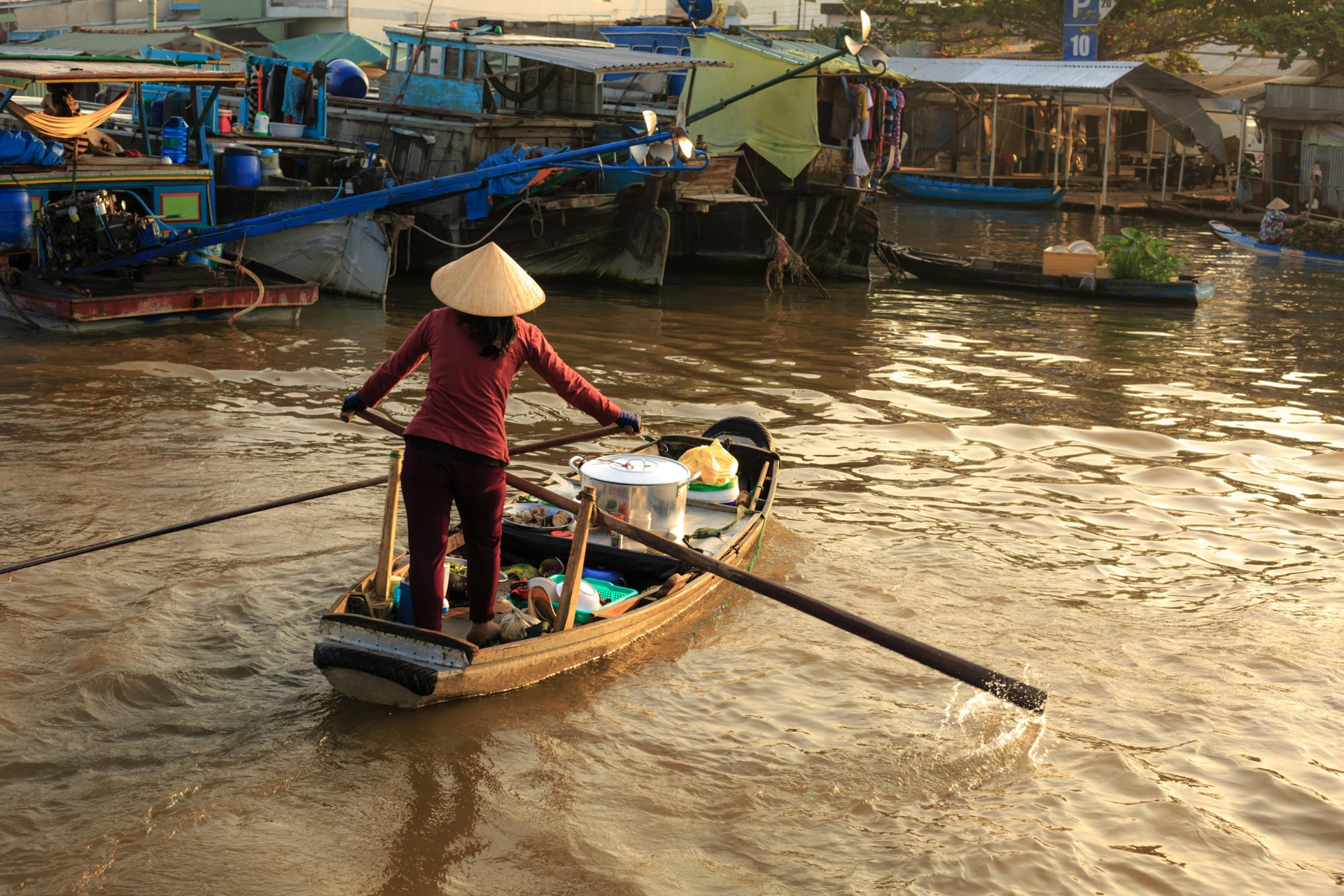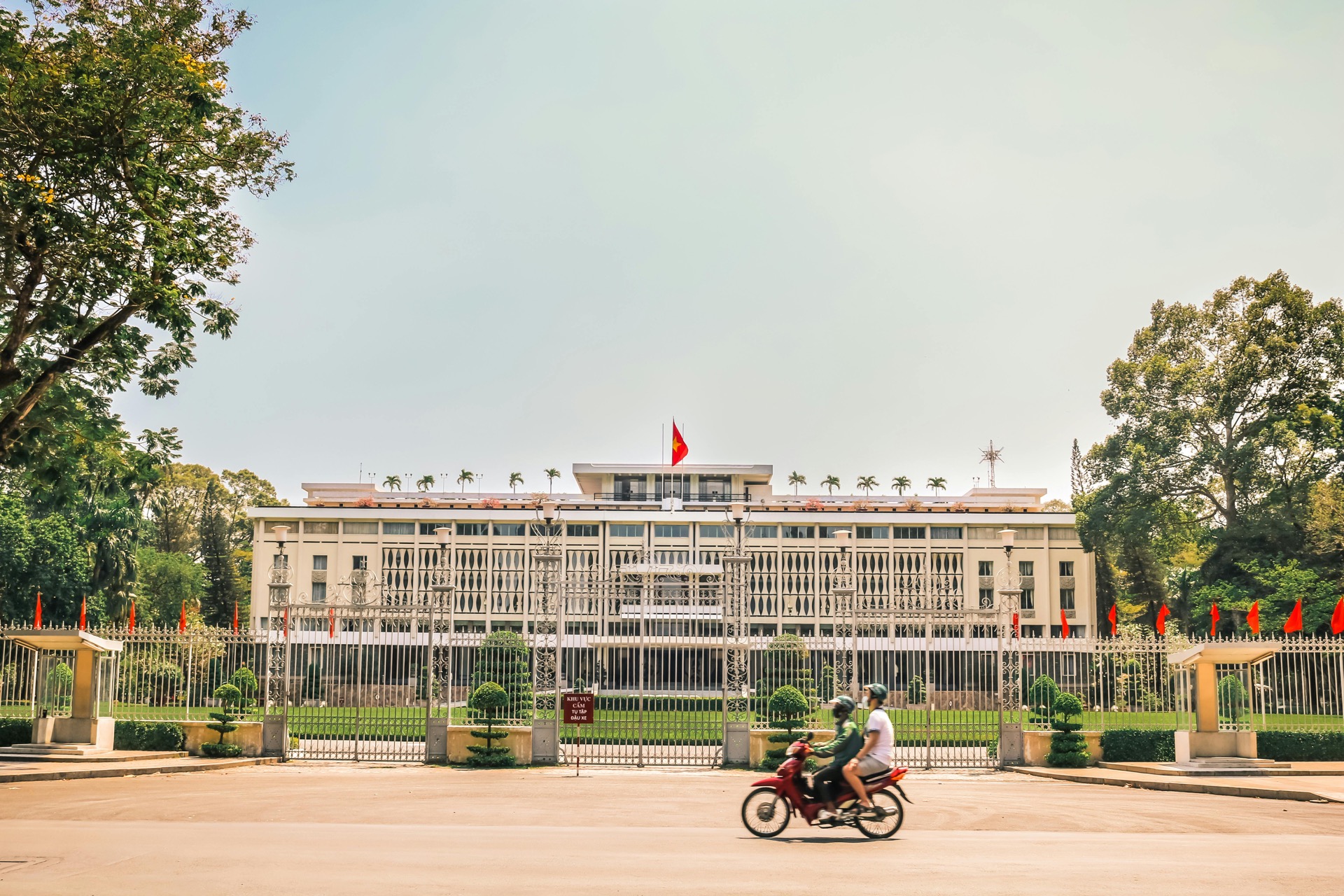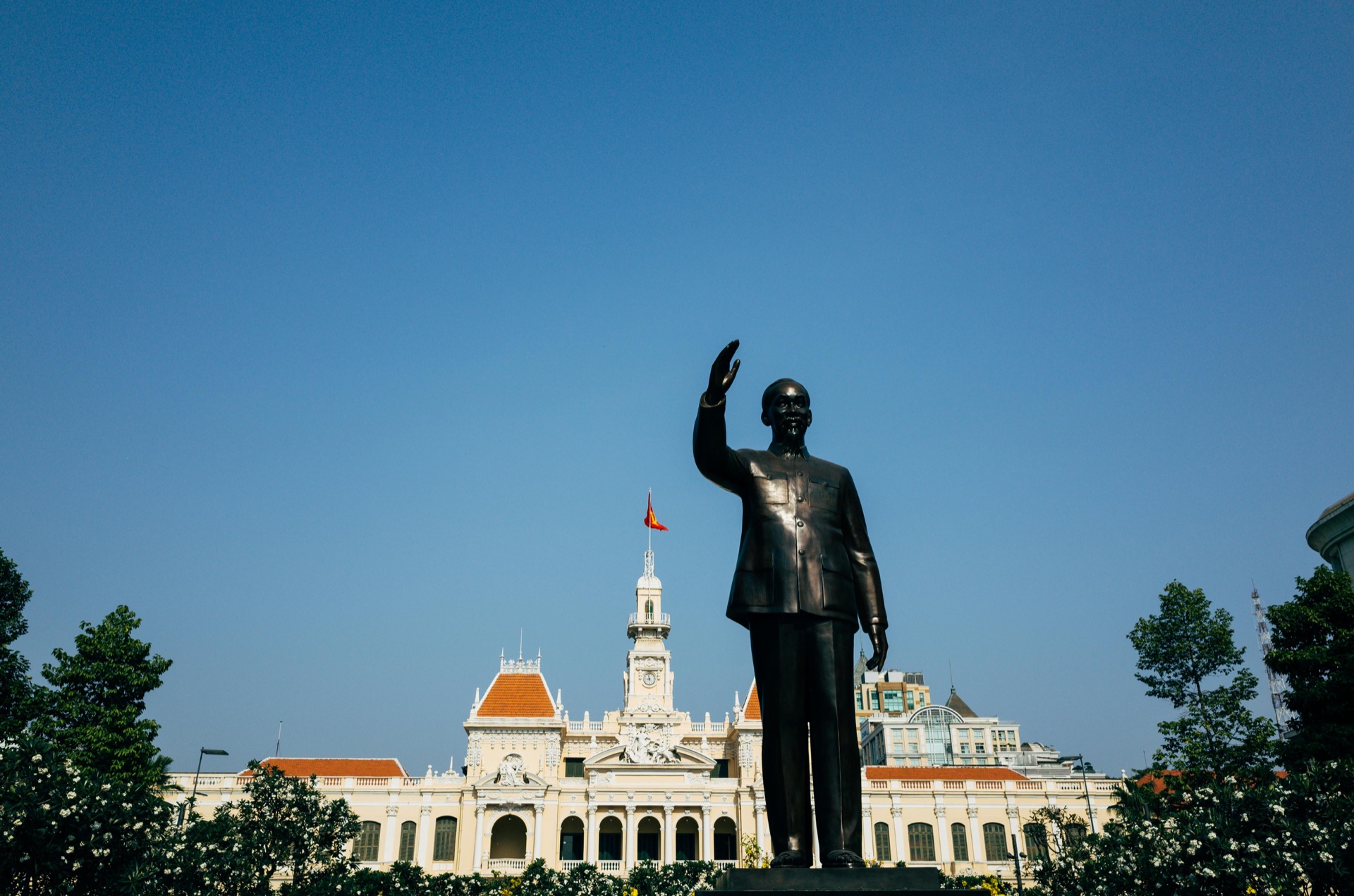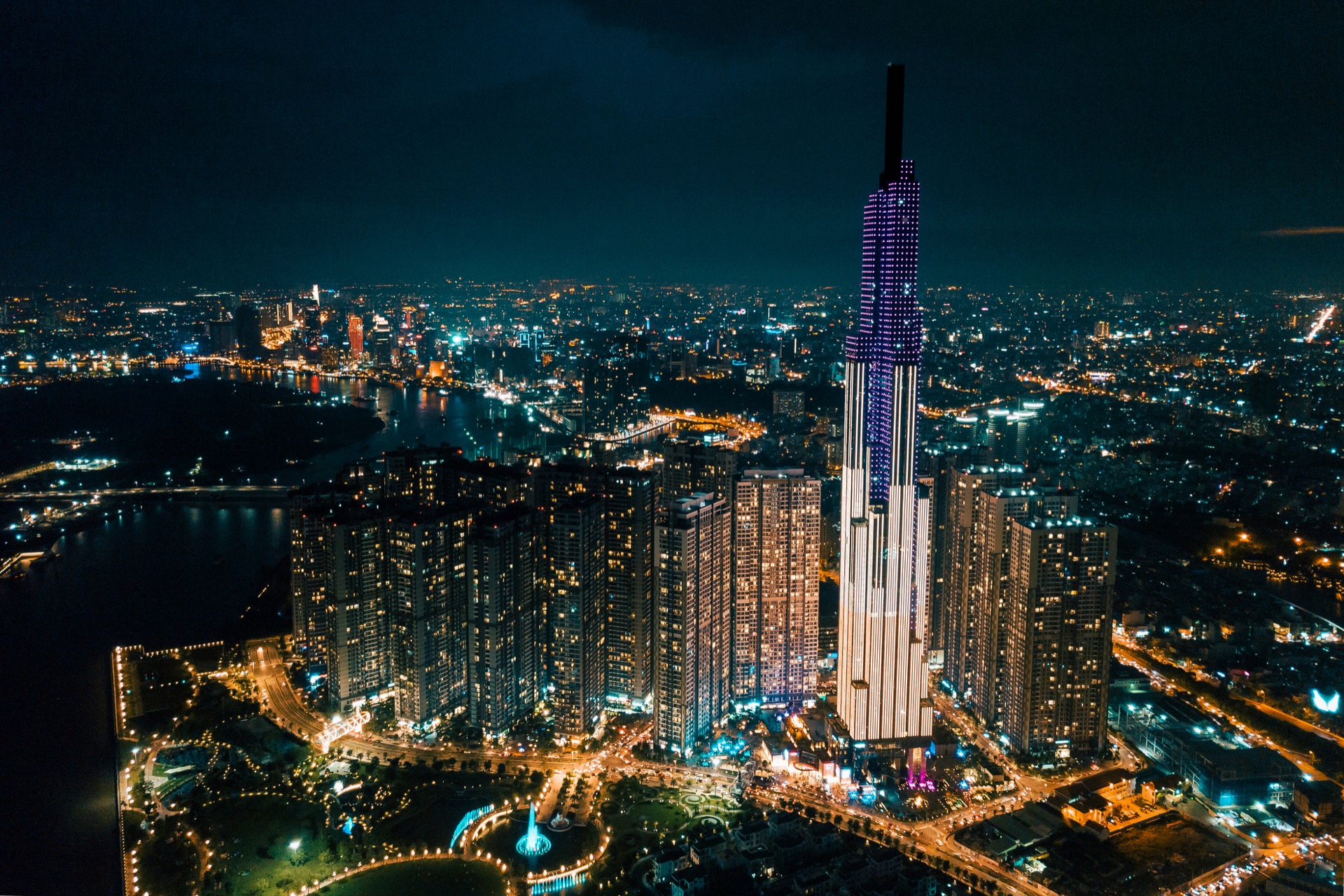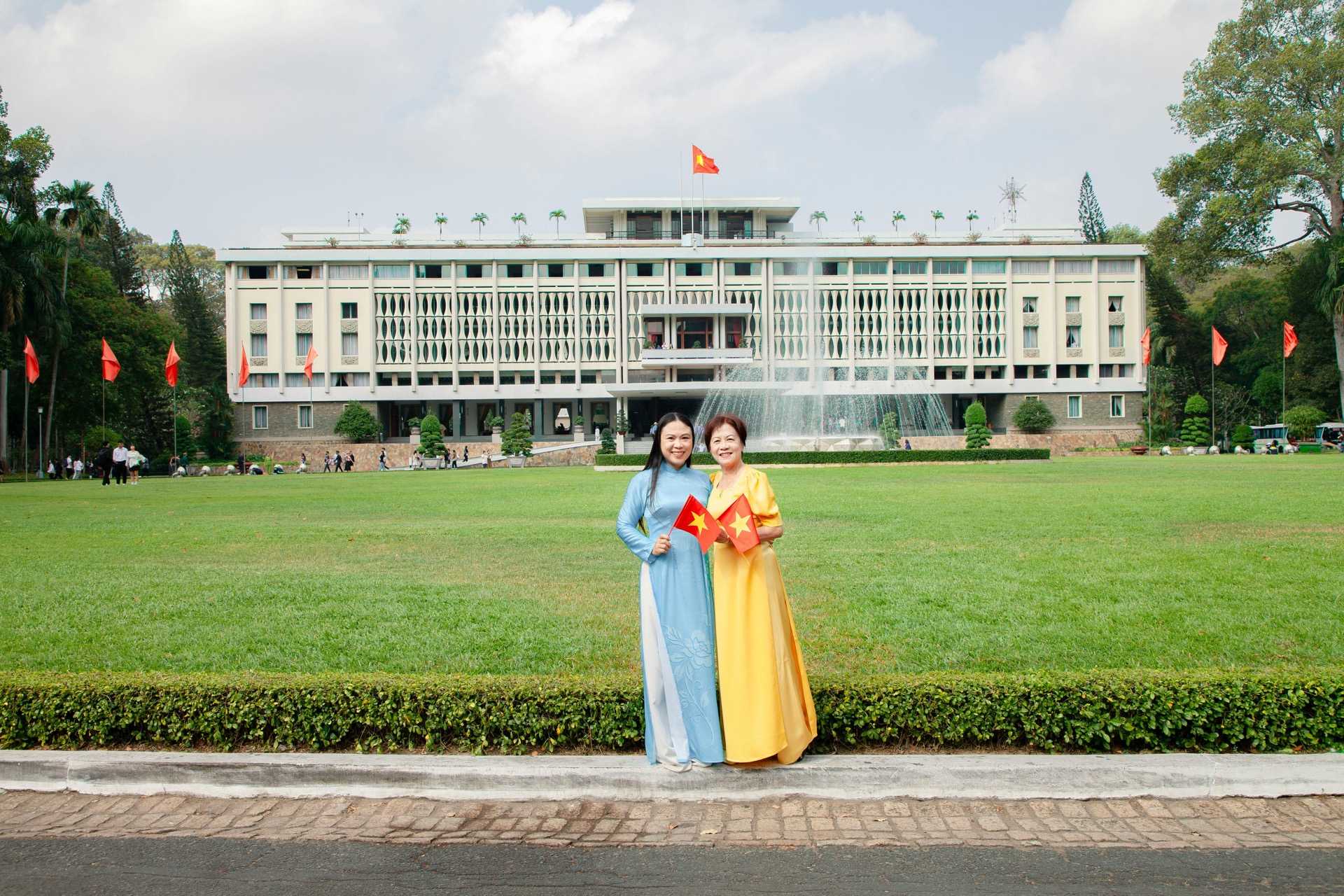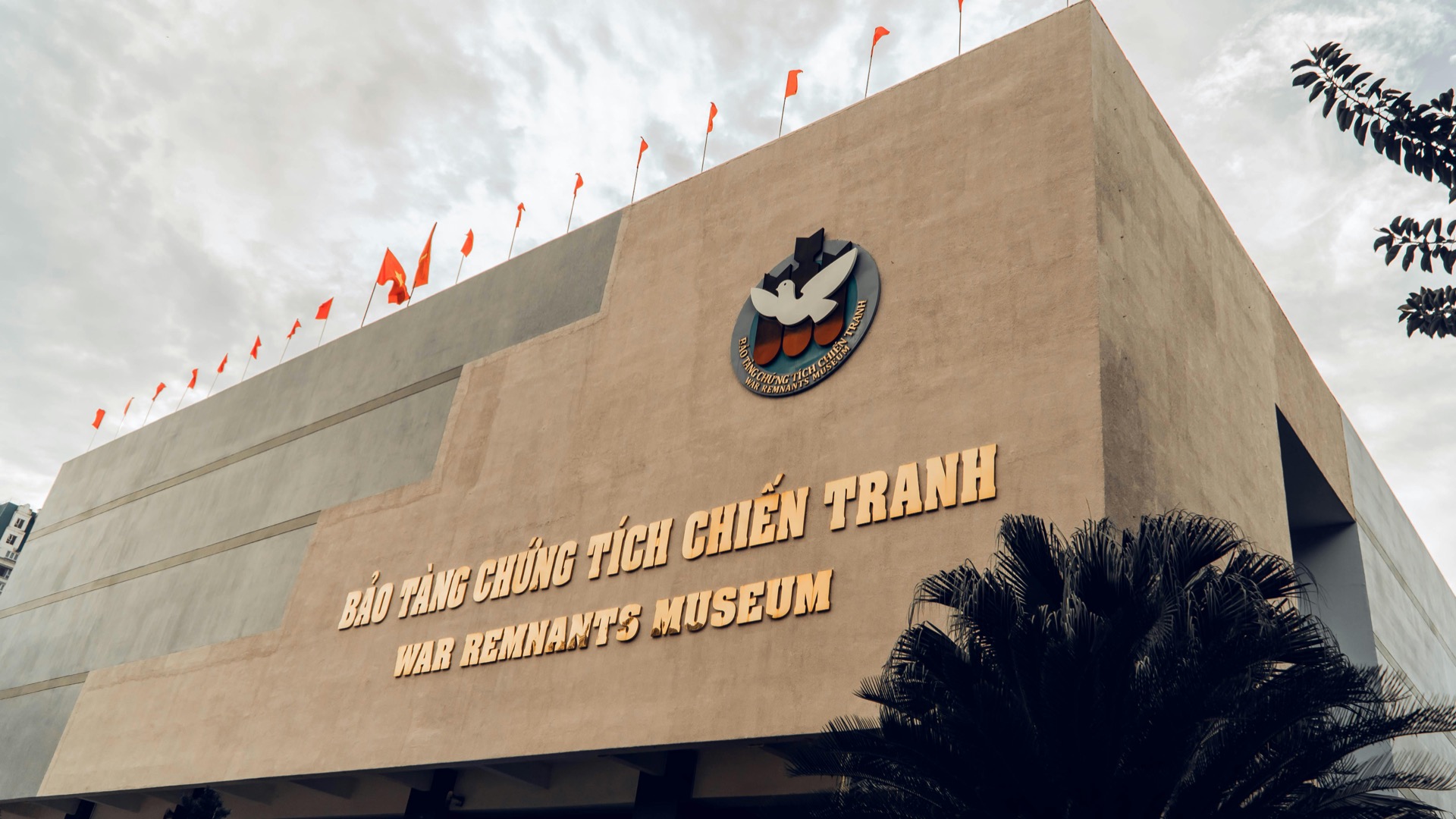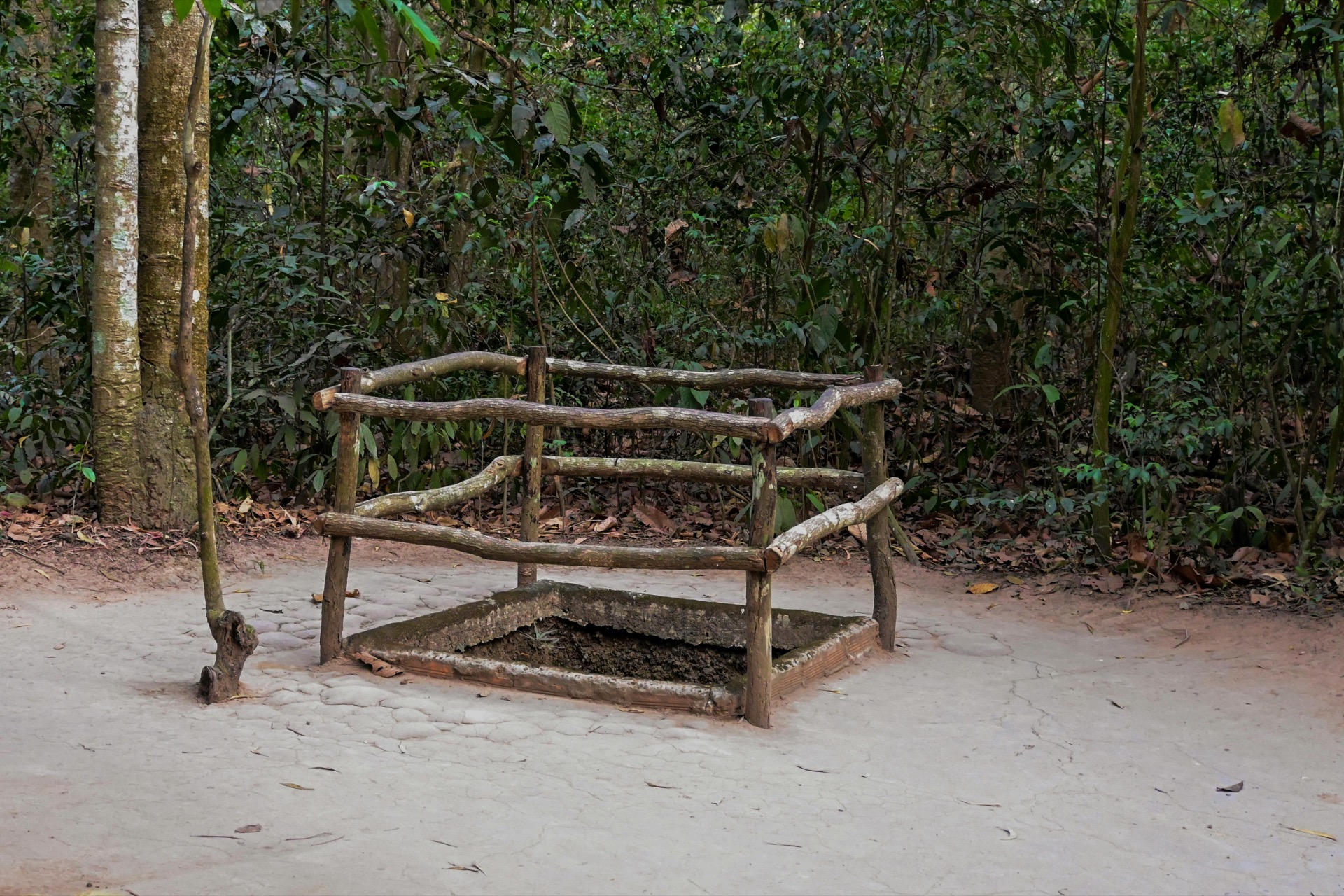Ancient Origins (Before 1700s)
Khmer Settlement
The area that is now Ho Chi Minh City was originally inhabited by the Khmer people, who established a small fishing village called "Prey Nokor" (meaning "Forest City" in Khmer). This settlement was strategically located at the confluence of the Saigon River and the Dong Nai River, making it an important trading post.
Early Vietnamese Influence
Vietnamese settlers began arriving in the late 17th century as part of the southern expansion known as "Nam tiến" (Southern Advance). The area became part of the Nguyen Lords' territory, and Vietnamese influence gradually grew alongside the existing Khmer and Chinese communities.
Strategic Location
The region's importance stemmed from its position as a gateway to the Mekong Delta and its access to both riverine and maritime trade routes. This geographic advantage would prove crucial throughout the city's history.
